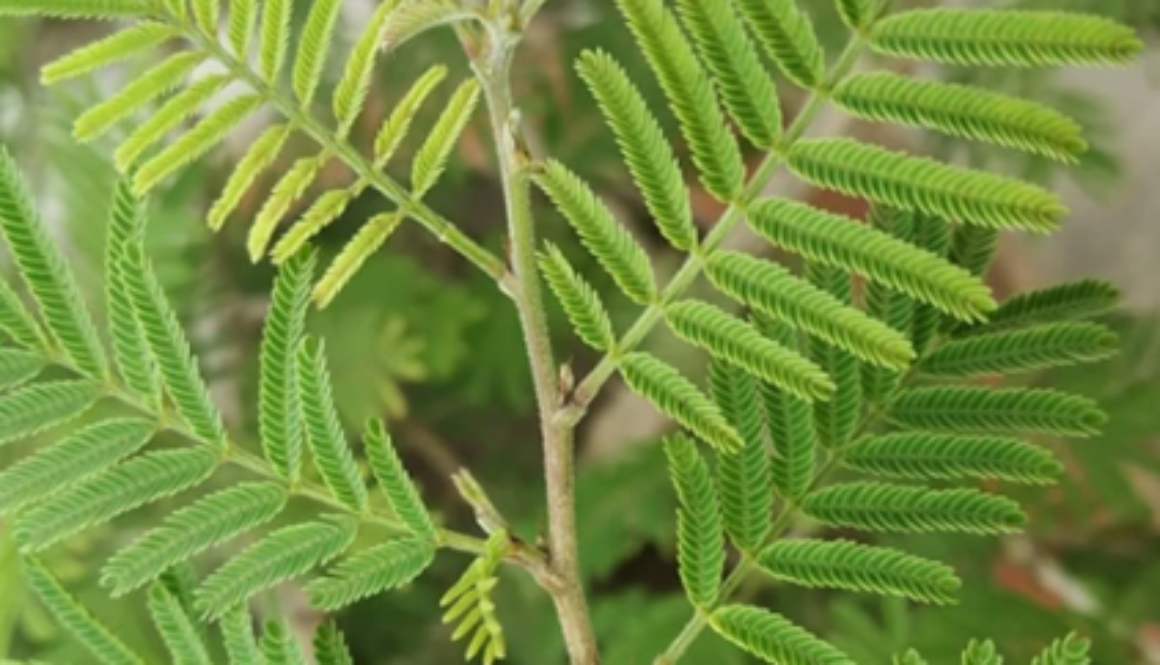Khejri
A common tree growing throughout the desertic area. It is medium sized evergreen thorny tree with spreading and slender branches. Prickles are conical, straight, scattered on the internodes, Leaves 2 pinnate and leaflets 7-12 pairs. Its flowers are small, creamy white to yellow in axillary spikes. Pod 10 20 cm long rigid straight and 10-15 seeded. Seed dull brown and oblong. Flowering and fruiting in March to June.
Part used: Bark, Leaf, Flower and Pod
Usage: Flowers mixed with sugar is eaten by pregnant ladies to prevent abortion. Bark paste is effective in rheumatism, healing of injuries and scorpion bite. Leaves paste is applied on injured part for early healing and on boils to hasten suppuration. Pods having demulcent properties is also eaten as vegetable called ‘Sangri’. Decoction of young pods used for curing pneumonia. Young pods boiled in water and made to paste expels guinea worm locally called ‘Narubala’.
Agrotechniques: Propagated through seed/root suckers. Seed sown in the poly bags during the month of May June and transplanted in field during rainy season. If rains are good direct sowing of seeds in the field could be done, at 10×10 meter. Weeding after 1-2 months and 3-4 irrigation in first 2-3 years promote its growth. Pods collected in the month of March-May and dried in shade

